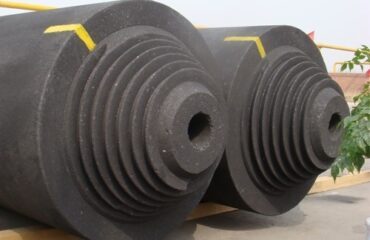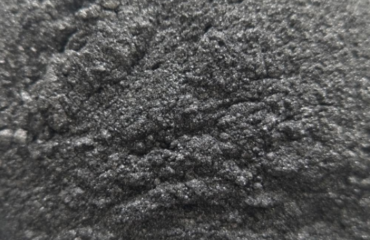(1) For EAF
Electric furnace steelmaking is a big user of graphite electrode. In China, the output of EAF steel accounts for about 18% of the output of crude steel, and the consumption of graphite electrode for steelmaking accounts for 70% ~ 80% of the total consumption of graphite electrode. Electric furnace steelmaking is to use the graphite electrode to introduce current into the furnace, and use the high temperature heat source generated by the electric arc between the electrode end and the furnace charge.
(2) For submerged arc furnace
The submerged arc furnace is mainly used to produce industrial silicon and yellow phosphorus. Its characteristics are that the lower part of the conductive electrode is buried in the charge, forming an arc in the charge layer, and heating the charge by using the heat energy generated by the resistance of the charge itself. The submerged arc furnace with high current density needs graphite electrode, for example, every 1t of silicon production needs about 100kg of graphite electrode, and every 1t of yellow phosphorus production needs graphite electrode The electrode is about 40kg.
(3) For resistance furnace
The graphitization furnace for producing graphite products, the furnace for melting glass and the electric furnace for producing silicon carbide are all resistance furnaces. The materials in the furnace are both the heating resistance and the heated object. Generally, the graphite electrode for conducting electricity is embedded in the furnace head wall at the end of the resistance furnace, which is used for the discontinuous consumption of the graphite electrode here.
(4) For the preparation of abnormal graphite products
The blank of graphite electrode is also used to process various kinds of special-shaped graphite products such as crucible, mould, boat dish and heater. For example, in the quartz glass industry, 10t graphite electrode blank is required for every 1t of electric melting tube production; 100kg graphite electrode blank is required for every 1t of quartz brick production.


